

Neil Briscoe
2026 Xpeng G6 AWD Performance review: Quick drive
4 Days Ago

Contributor
Lotus may have only just revealed its Chinese-built Eletre electric SUV but it’s getting ready for another significant reveal in 2023 with its Type133 electric sedan.
In an interview by British publication Autocar, Lotus executives revealed some preliminary details about the Type 133 and confirmed it’s being benchmarked against the all-electric Porsche Taycan sedan.
In production form, the Type 133 will receive a name beginning with the letter ‘E’, per Lotus tradition, and will get “active roll control, CDC [continuous damping control], independent active rear steer and active aero”, according to Lotus director of attributes and product integrity Gavan Kershaw.
Lotus is keeping further details of the Type 133 close to its chest but managing director Matt Windle confirmed that 441kW of power, like the launch-spec Eletre, is “where we’re starting at” with more to come.
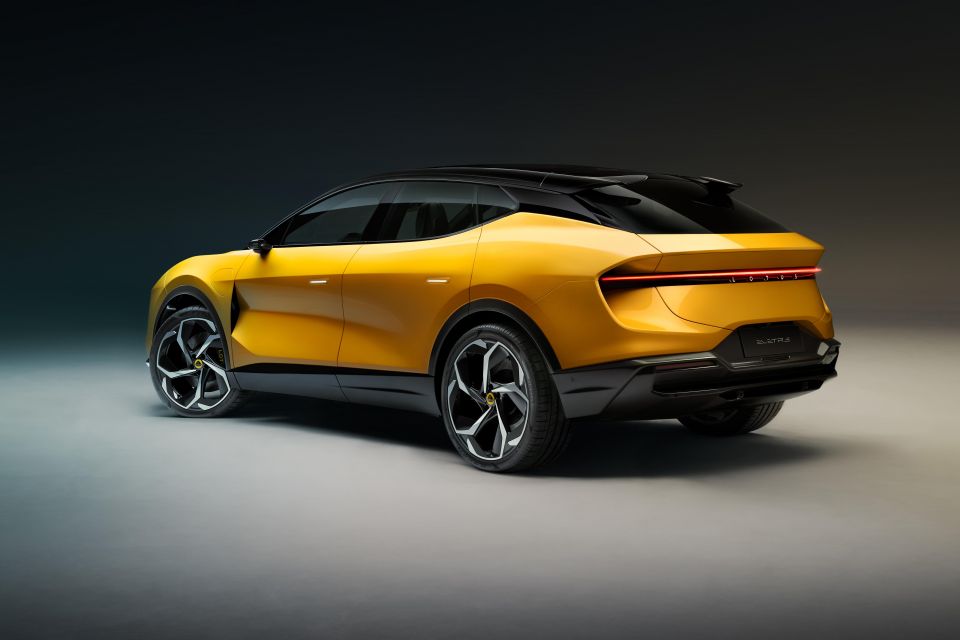
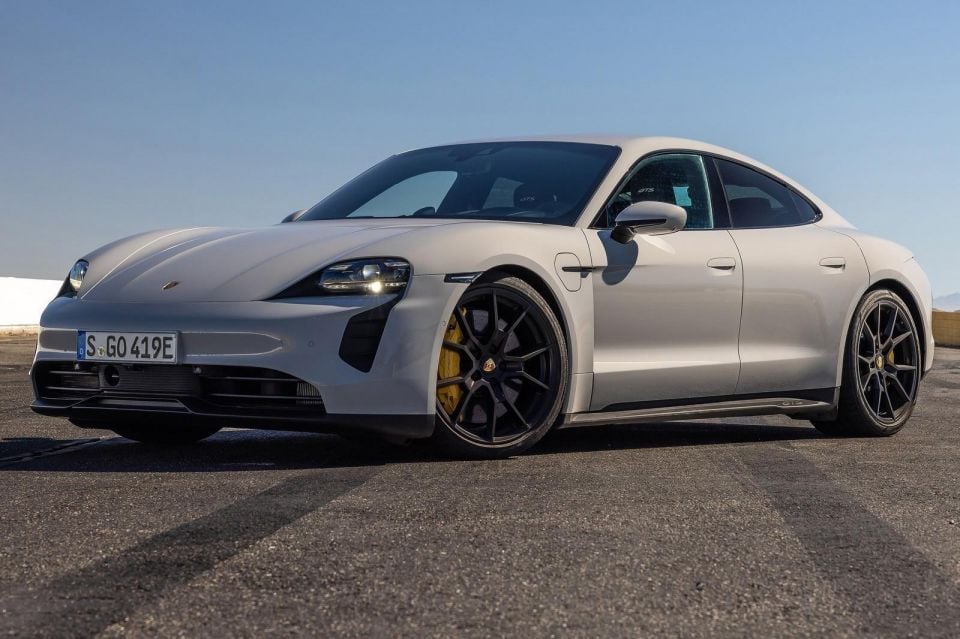
This amount of power would put it against the mid-range Porsche Taycan GTS, which produces 440kW from its dual-electric motor set-up.
More powerful versions of the Type 133 sedan could compete against the high-performance Taycan Turbo or Turbo S.
Autocar believes the design work for the Type 133 is approaching the sign-off stage and it won’t just look like a low-slung Eletre. We’ve yet to see what it’ll look like beyond a shadowy teaser of its front end.
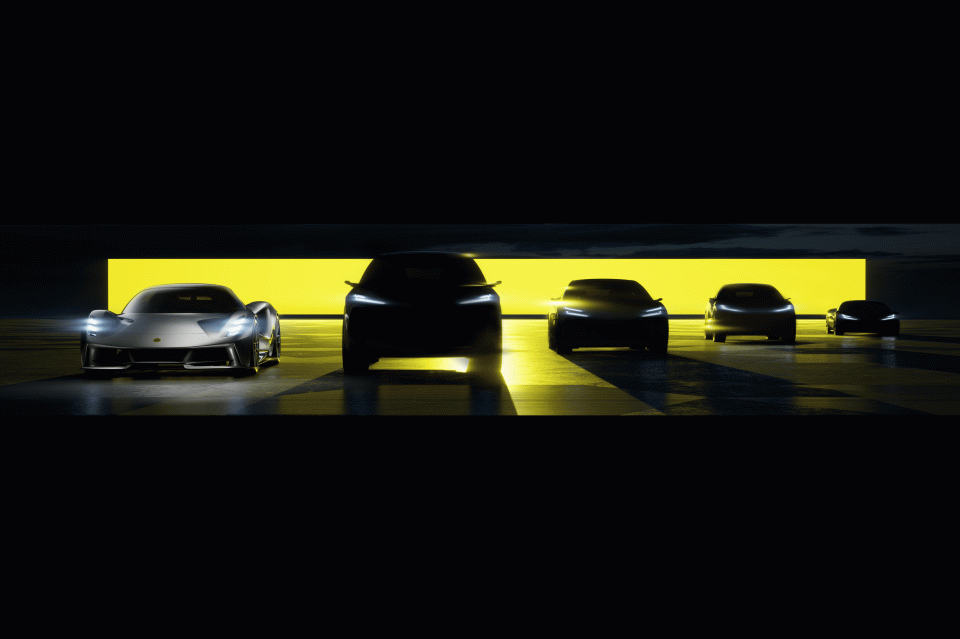
Lotus senior vice-president of design Peter Horbury said while “there has to be some continuity and family identity” across its range of electric vehicles (EVs), “every member of a family can have their own character”.
Following the launch of the E-segment Type 133 sedan, Lotus will reveal a D-segment SUV (Type 134) in 2025 and a sports car (Type 135) in 2026.
All of these models, including the Eletre SUV, are going to be built in China at Lotus Technology’s plant in Wuhan.
These models will join the all-electric Evija hypercar and the Emira, Lotus’ last petrol-powered car, which are manufactured at Hethel in the UK.
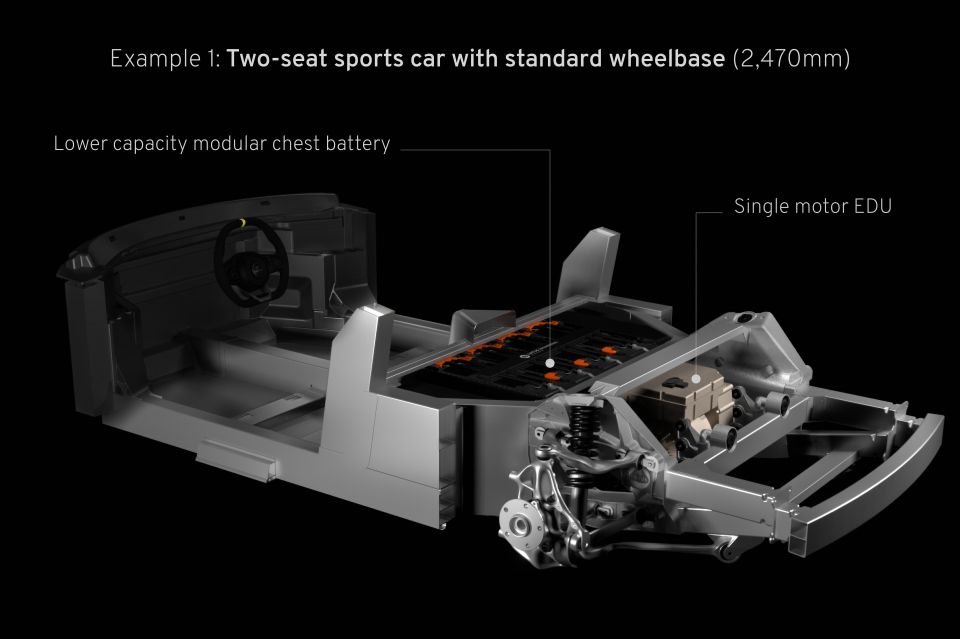
Lotus is in the process of rolling out four new platform architectures:
The Premium architecture has been designed to accommodate C-E segment vehicles, and Lotus says it supports a wheelbase range from 2889mm to 3100mm and could be expanded further.
Vehicles on this architecture will use 92-120kWh batteries with an 800V charging system, and will be capable of 0-100km/h times of under three seconds.
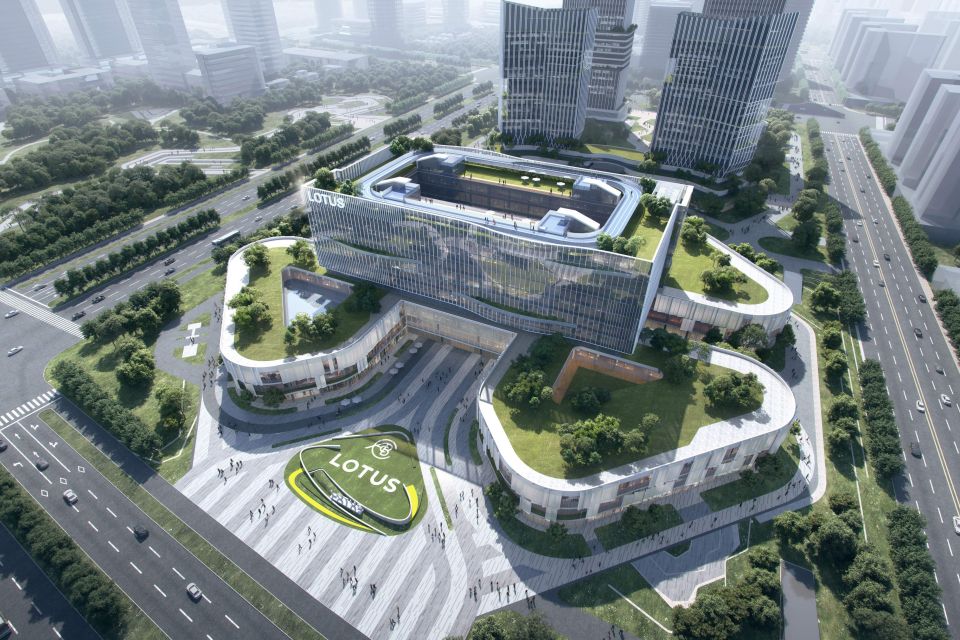
Lotus is on the cusp of a significant expansion that’ll see it transformed into a higher-volume, more global electric vehicle (EV) brand.
Autocar has previously reported Lotus is considering an initial public offering (IPO) for the Lotus Technology division, which’ll produce Lotus’ electric sedans and SUVs in Wuhan, and not the familiar Lotus Cars division.
A Lotus spokesperson told the publication that it’s weighing up the listing in the UK, USA, or China over the next 12-24 months, and would value it at £5-6 billion (A$8.85-10.61 billion).
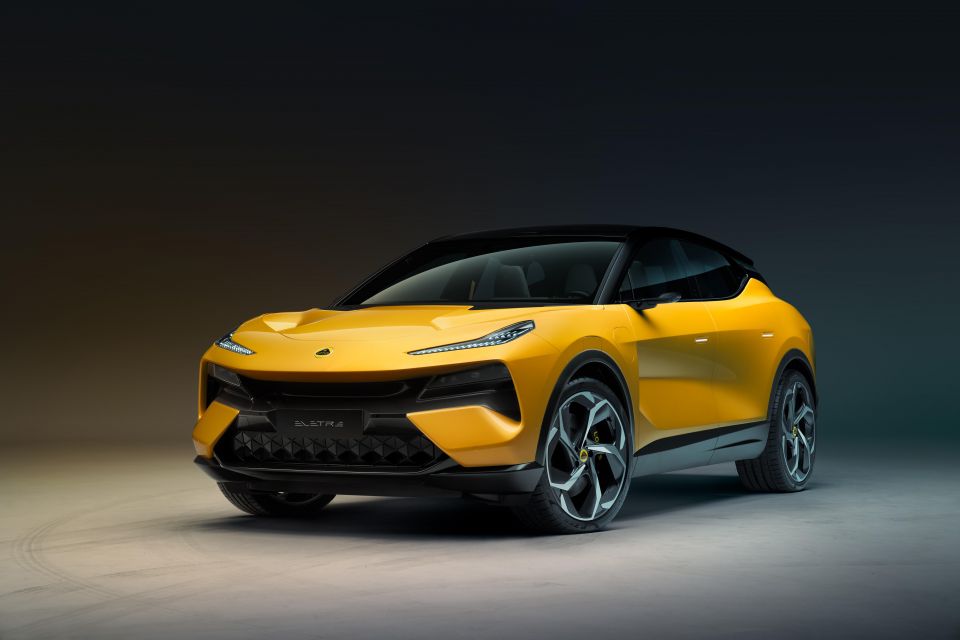
The Chinese-owned company has reportedly told investors it plans to sell 100,000 cars annually by 2028, of which 90,000 will be electric sedans and SUVs produced by Lotus Technology.
It reportedly plans to increase sales volumes to up to 150,000 vehicles annually.
According to Bloomberg, potential investors have also been told Lotus expects half its sales volume to come from China in five years.
Where expert car reviews meet expert car buying – CarExpert gives you trusted advice, personalised service and real savings on your next new car.
Jack Quick is an automotive journalist based in Melbourne. Jack studied journalism and photography at Deakin University in Burwood, and previously represented the university in dance nationally. In his spare time, he loves to pump Charli XCX and play a bit of Grand Theft Auto. He’s also the proud owner of a blue, manual 2020 Suzuki Jimny.


Neil Briscoe
4 Days Ago


Max Davies
3 Days Ago


James Wong
2 Days Ago


William Stopford
2 Days Ago


Josh Nevett
23 Hours Ago
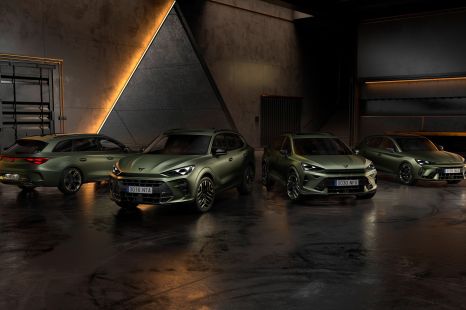

James Wong
20 Hours Ago